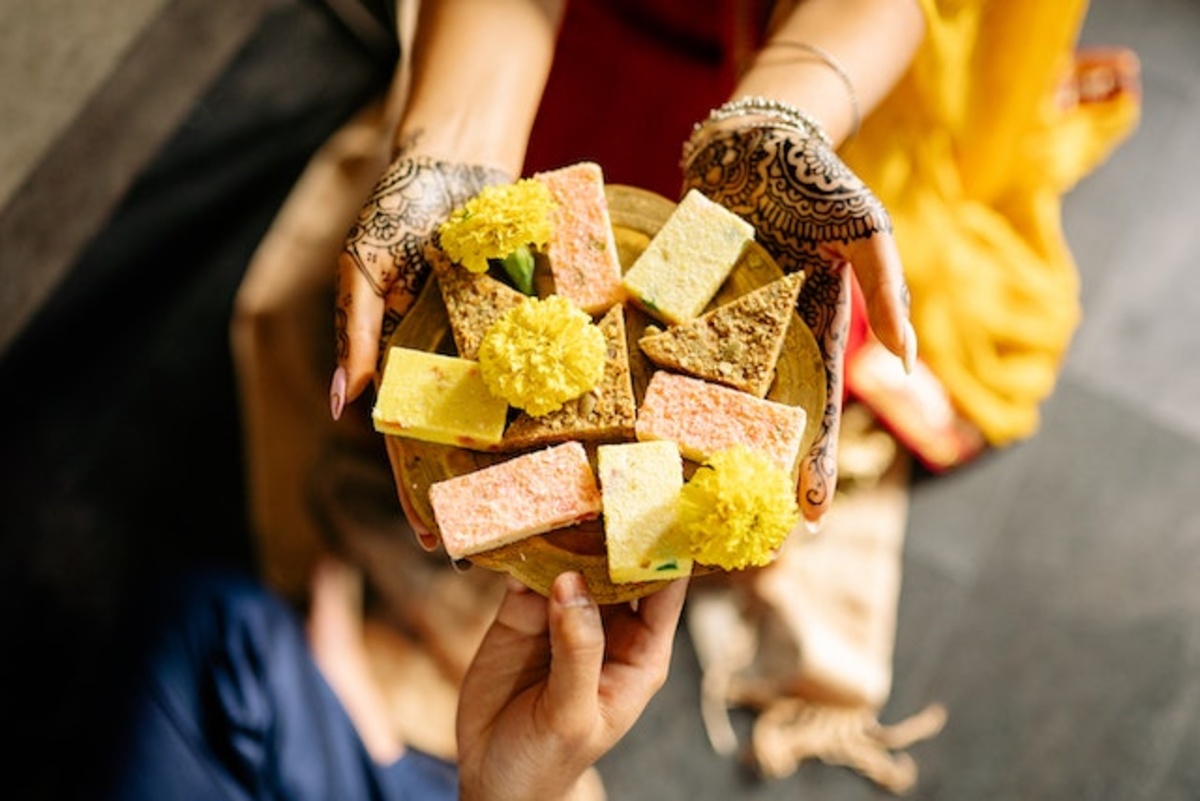Blog
How to Embrace Culinary Diversity: A Journey Through Asian Flavors
The world's culinary canvas is a vivid blend of traditions, stories, and innovations. Asia, as a continent, stands as a prime example of this rich tapestry, boasting an impressive range of dishes, ingredients, and cooking techniques. Embarking on a journey through these diverse flavors offers more than just a sensory delight; it’s an education in history, geography, and culture.
The Foundations of Flavor
Rice – A Staple with Many Faces
Rice is not just food; it’s a way of life in many parts of Asia. Each variant, from the aromatic jasmine of Thailand to the fluffy basmati of India or the glutinous black rice often used in Filipino desserts, tells a story. These grains are interwoven into the region's daily life, celebrations, and even myths. Understanding the significance and applications of each can provide a piece of foundational knowledge for aspiring chefs and culinary enthusiasts.
Aromatic Beginnings – The Building Blocks
Begin with the humble garlic clove or the sharp tang of ginger, and you're on your way to crafting an authentic Asian dish. These ingredients are often the first to hit the pan, setting the stage for what's to come. However, the same ingredients can take on new identities based on how they're used. Raw, sautéed, fermented, or ground into a paste, the transformational ability of these aromatics is awe-inspiring.
Sauces and Condiments – Liquid Gold
A single trip to an Asian grocery store and the rows upon rows of sauces and condiments might overwhelm you. Each bottle or packet offers a unique flavor profile. For instance, the soy sauce used in sushi differs vastly from the dark soy used in Chinese braised dishes. The sweet and spicy gochujang of Korea and the pungent fish sauce prominent in Vietnamese and Thai cuisines exemplify the diversity and specificity of flavors.
Techniques and Traditions
Photo by Yan Krukau: https://www.pexels.com/photo/plate-of-traditional-desserts-8819843/
Wield the Wok and Beyond:
While many might be familiar with the rapid, high-heat stir-fries associated with the work, it's also used for deep frying, steaming, and even smoking. Mastery of this versatile tool and its associated techniques can be a game-changer. However, Asian cooking isn't limited to the wok. The gentle steaming of dim sum, the slow simmer of Indian curries, and the meticulous art of sushi-making represent just a fraction of the techniques awaiting discovery.
Tea – A Sip of History and Tradition
Delving into Asian tea culture is akin to stepping into a living museum. The ceremonial preparation of matcha in Japan, the robust milk teas of India and Tibet, and the delicate tea ceremonies of China offer insights into the region's history and values. Each brew, be it green, black, oolong, or herbal, carries with it centuries of tradition.
Festive Foods – Celebrating Diversity
Dive into the world of mooncakes during China's Mid-Autumn Festival or savor the sweet rice dumplings during Dragon Boat Festival. Relish the colorful Diwali sweets of India or the sumptuous feasts of Eid in Southeast Asia. These special dishes, often labor-intensive and rich in symbolism, provide a window into the heart of these cultures.
Conclusion
Asian cuisine, in its vastness, offers more than just dishes to satiate our appetites. It offers lessons, stories, and a deeper appreciation for the intricacies of culinary arts. To embrace this diversity is to embark on a never-ending journey of discovery. Whether you're a home cook looking to diversify your menu or simply someone who enjoys a good meal, there's no better time than now to delve deep into the wonders of Asian flavors and traditions. Every bite, every sip, is a step closer to understanding the rich mosaic of cultures that this continent offers.






Comments